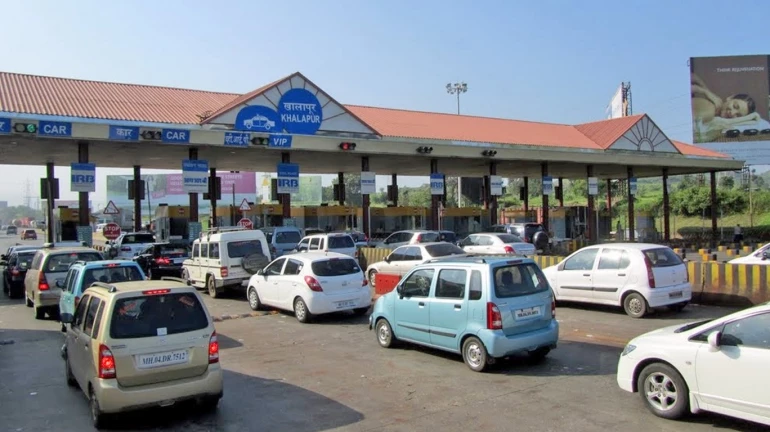
The Mumbai-Pune Expressway will soon experience Maharashtra's first Intelligent Traffic Management System (ITMS). The system is expected to be functional by the first week of June.
The Maharashtra State Road Development Corporation (MSRDC) is implementing the system in the expressway. The expressway sees a daily average traffic of around 40,000 cars and 60,000 on the weekends.
The ITMS will modernise traffic control and improve road safety. For this, a total of 218 artificial intelligence-enabled CCTV cameras have been installed on 39 gantries across a 95-kilometre stretch of the motorway. These cameras are designed to detect 17 different forms of traffic offences.
In addition to the CCTV cameras, automatic number plate recognition will be installed in all toll booths and cameras. This technology will allow the police to issue e-challans. Weigh-in motion devices for goods carriers will also be installed at all entrances to the motorway.
Moreover, 11 spots will have weather monitoring systems. All emergency vehicles, like towers, cranes, and ambulances, will be equipped with vehicle tracking systems.
Motorists will also benefit from messaging sign boards located at 23 different locations. These boards will provide real-time updates on weather, road closures, and traffic conditions.
It should be noted that currently many motorists start following rules when they get on the section of the road where there is CCTV camera. For example, motorists slow down as they spot a CCTV camera or a traffic police personnel.
For this, the ITMS will try to make the traffic laws and discipline stricter. For instance, if a car is consistently observed speeding or breaking traffic laws, a hooter will sound in the toll booth when the same vehicle approaches the booth.
It will also improve the removal of broken vehicles from the route, improving traffic flow. Following the installation of the ITMS on the Mumbai-Pune Motorway, a similar system may be implemented on the Samruddhi Mahamarg, making it the second smart monitoring highway in the state.





